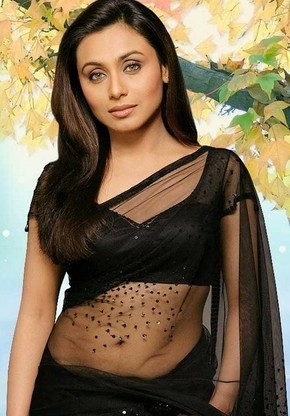The beauty of the Indian women depends on different sarees of various states. The draping culture of the sarees is different from one another. Indian women love experimenting with a wide variety draping styles at different occasions. The draping activities require practice and can also be tried in many regional styles. Now, let us go through the different styles:
Bengali Style: The Bengali style of wearing the saree is very simple and requires fewer folds. The folds provide you with a very comfortable feeling. The length of the saree is sufficient to cover the figure of the Indian women and you can measure the length with your hands also. The standard measure of the sarees is 12 hands or 6 yards. The anchal or the pallu remains open in the back and can protect you from sun or rain if necessary. You can try out different styles and check out http://www.bawree.com for more draping information.
Gujarati Style: The Gujarati style is better known as the Seedha pallu. This style is common in Rajasthan, Uttar Pradesh, Madhya Pradesh, and Bihar. The pleats are tucked and are similar to the nivi style of draping. The loose end portion of the saree is generally taken from the back and draped through the right shoulder and pulled across to be kept in the back.
Coorgi Style: The pleats in the corgi style are generally placed in the back instead of front. The small portion of the pallu is kept in the shoulder which enhances the look very much. During the traditional festivals of the Coorgis, this draping type is very common. You can definitely check out the Bawree’s chiffon work saree and wear them in this specific style.
Nivi Style: This particular draping style of the saree is used by the air hostesses. Therefore, this style is often termed as the air hostess style saree. The pleats are slightly different from the way the normal sarees are being worn. The pleats are generally held together closely and they are tucked firmly with the help of the pins.
Maharashtra Style: This is a very unique style of draping the saree and mostly used by the women in Maharashtra region. One of the portions of the saree is generally pulled between the legs and is tightly tucked in the waist. The other portion is draped just like the pallu over the front portion of the body. As this style is divided between the two legs, a more comfortable movement can be enjoyed from this specific draping style.
Tamilian Style: The Tamil Nadu region is famous for the silk production. Therefore, you can expect a huge demand of the silk sarees in this particular state. The Tamilian women generally wrap the saree along their waist. You can observe that the pleats are generally situated on the left leg. The rest portion of the saree is basically taken over through the left shoulder and can be wrapped once again. The wrapping can be done around the waist and can be tucked on the left side.
The different draping styles depict different cultures of India. The sarees are not only comfortable in wearing but exhibit a graceful way of wrapping yourself. Be it a formal or a casual occasion, you can always wear sarees to enhance your overall appearance. It is a great way to show your feminine nature and reveal your beauty. This traditional attire can also provide great sensuality to woman over other modern clothes. So, the Indian women should always experiment with different draping styles to check out which style is suiting them the most. You should always look for your comfort while draping a saree on your body.


